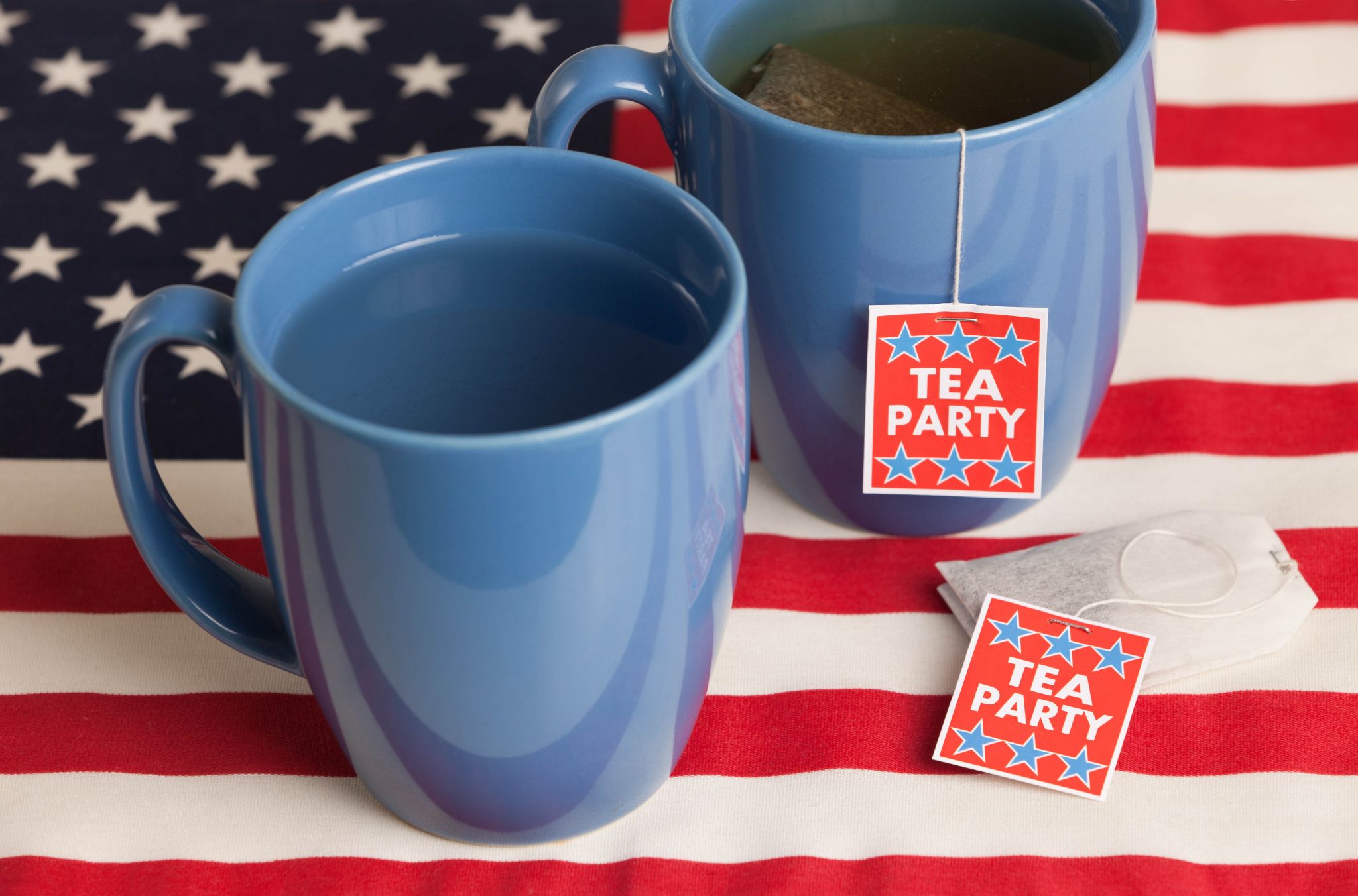We all know the Brits take their tea seriously. In fact, they consume an estimated 60.2 billion cups of the stuff every year. That’s almost three cups per person, every day!
You do anything to their tea, you damn be ready to go to war over it. And lucky America was.
Samuel Adams was a heavy influence in the late 1700s when the land we now know as the United States of America was still under British rule. In the city of Boston, Massachusetts, Adams was a catalyst for rebel groups to fight the British authorities on taxing of items such as sugar (Sugar Act), stamps (Stamp Act) and imports (Townshend Acts) as well as tea. Adams was also heavily against Britain’s control over the colonies and became hell bound on making America it’s own nation.
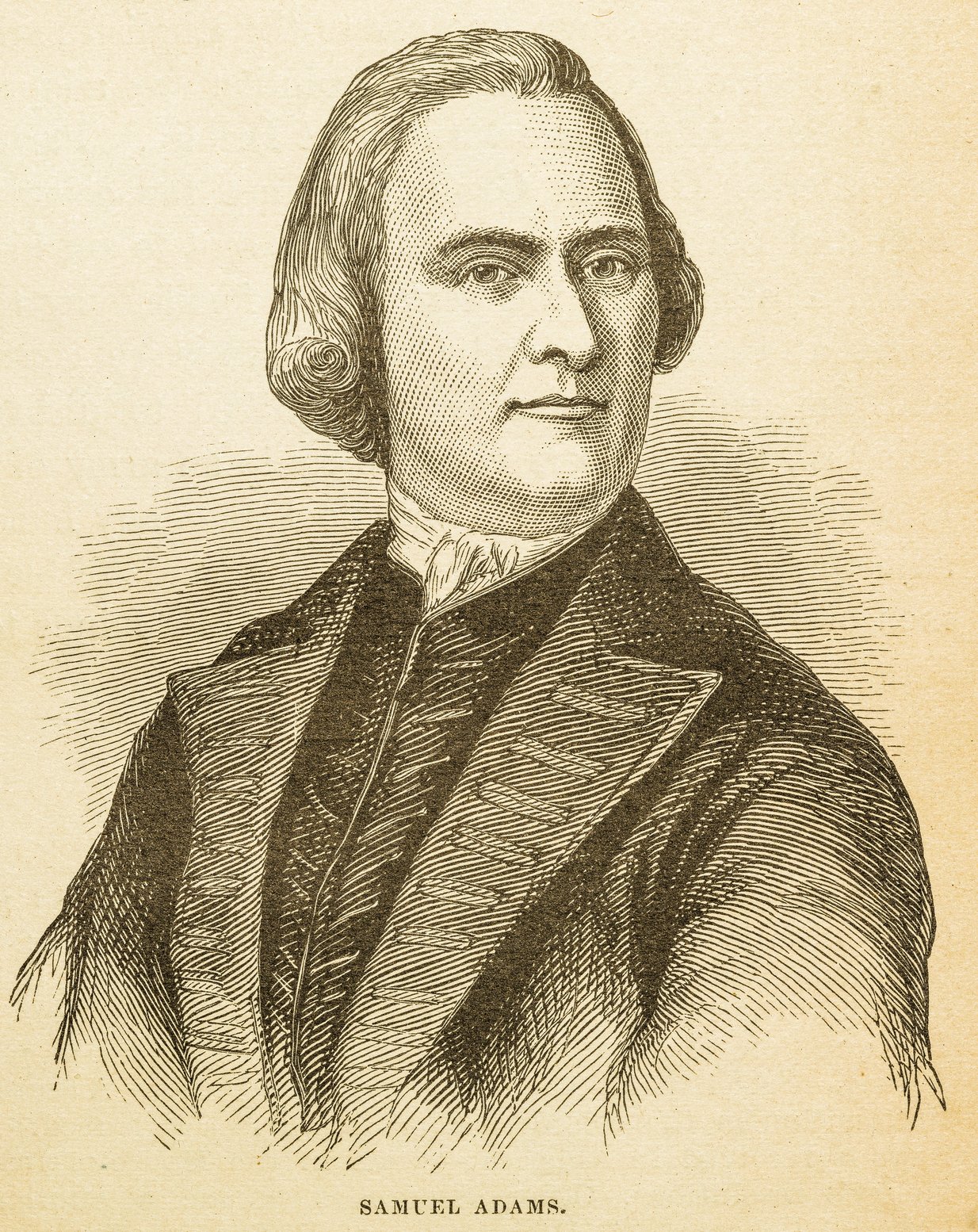
In September 1768, the British had begun sending its troops to a very unsettled Boston with the intention of taking control of the city, much to the disdain of the locals. The British soldiers allegedly also caused plenty of havoc in the city and this lead to the Boston Massacre on March 5, 1770 where five civilians were killed by British soldiers. This incident happened at a protest outside a British sentry and the soldiers allegedly fired into a crowd without being ordered to because they were being hurled abuse at. Eight soldiers were arrested and charged with murder. However six of them were acquitted in court while the other two had their convictions reduced to manslaughter which came with the punishment of branding on the hand. You can imagine how annoyed Boston patriots were after this.
This created more tension among the new colonies and the British. But there were more significant events to come before even the start of outbreak of the American Revolution.
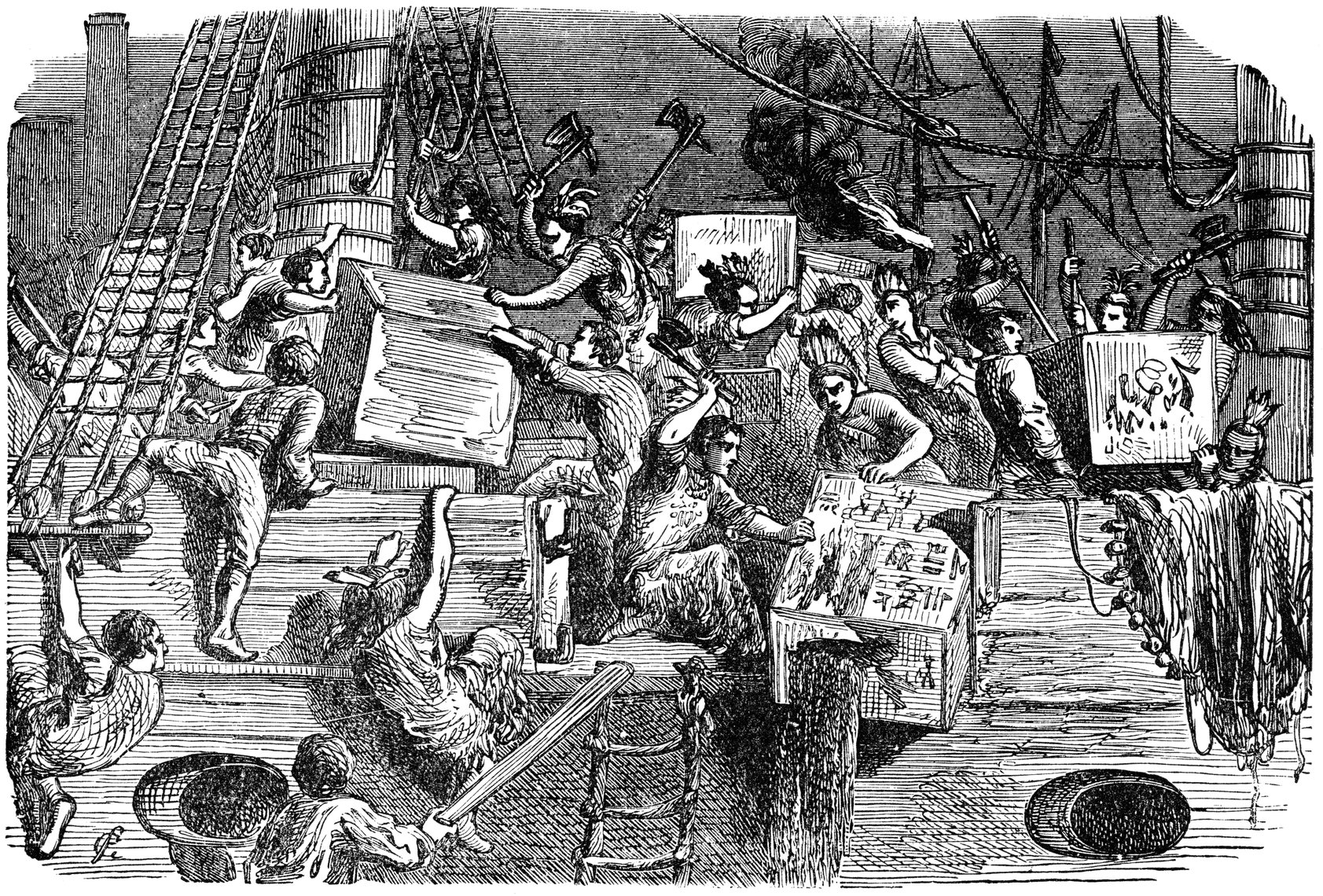
On December 16 1773, Adams was at it again. His demonstrators dressed up as Native Americans (the irony of depicting that culture being invaded was actually intentional) poured an entire shipment of tea from East India Company (a British tea company) into the Boston Harbor. This event is now known as the Boston Tea Party. The rebels did this to show defiance of the Tea Act of 1773 where Britain were trying to ensure its tea was being consumed by the new colonies (later to become the USA) rather than that of other nations such as China or Holland. They did thus by having only British tea free of 25% import taxes. Illegal trade of Dutch tea was rife in both the UK and America at the time as it was much more affordable.
After this, Britain began fighting back at the patriots of Boston. In 1774, they imposed four new acts. Firstly, Massachusetts was to be restricted of town meetings to try and combat any more conflicts. Secondly, all British soldiers who were charged with crimes had the right to be tried back in Britain. Thirdly, the Boston port was to be closed until the city paid back for the disposed of tea. Lastly, all royal governors had the right to house British troops in local citizen’s homes without needing permission from the homeowners themselves.
Patriots well and truly were peeved now and began training an army outside of Boston. In April 1775, the Battles of Lexington and Concord began the battles of the American Revolutionary War. The patriots got a minor victory and forced the British back into the city of Boston.
In June 1775, the Battle of Bunker Hill outside the Boston city limits saw patriots try and fight British soldiers with some 1,200 colonial troops taking part. While the Patriots had to retreat because they had ran out of ammunition, the British had suffered a lot more casualties and that included some officers. It scared Britain into taking a more cautious approach with the colonies. By the end of the year, the colonies were largely in control of the entire nation. Thus began the Americans taking over their own country.
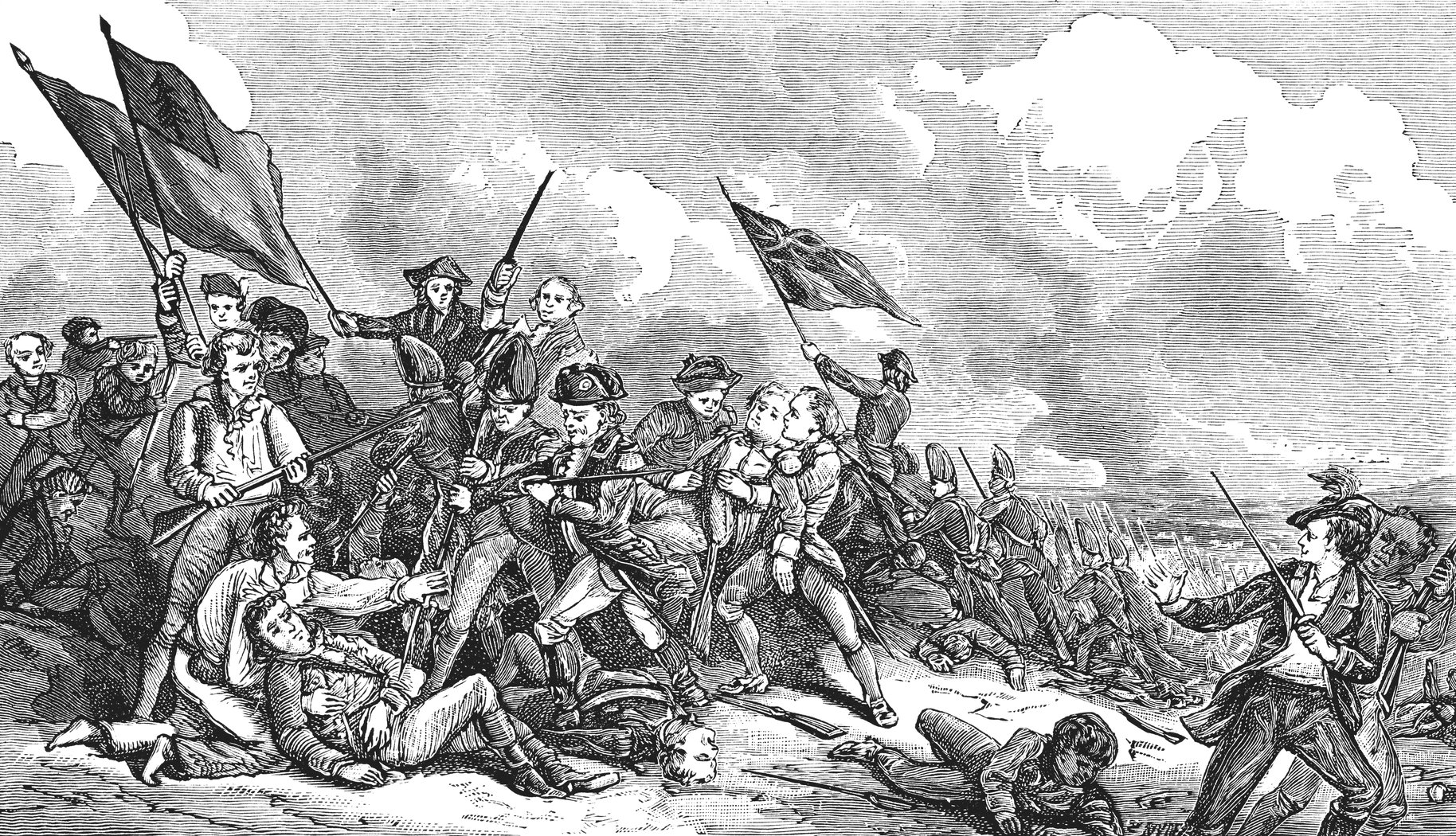
In January 1776, New Hampshire was first to create its own constitution. In March 1776, general of this new Continental Army, a man by the name of George Washington, forced the British out of Boston. Virginia, South Carolina, New Jersey, Rhode Island and Connecticut officially dismissed British rule in the May.
The final four states – Pennsylvania, Delaware, Maryland and New York – finally submitted to the notion of one big nation together in the June.
On July 2nd, independence was voted in favour by the colonies and Thomas Jefferson began drafting the Declaration of Independence. This was signed off on July 4th, 1776.
Independence Day did not end the war completely however. The British was moving south to states where it had some support left such as New York. But they would be pushed even further south through until they reached Virginia. Here the remaining army were expecting to be rescued by a fleet of ships sent over from Britan. However, America’s new alliance nation France had assembled a bigger army to stop this happening. In 1781, the British officially surrendered in Yorktown, Virginia.
In 1789, Mr Washington would become the first ever president of the United States of America. The rest, is history.
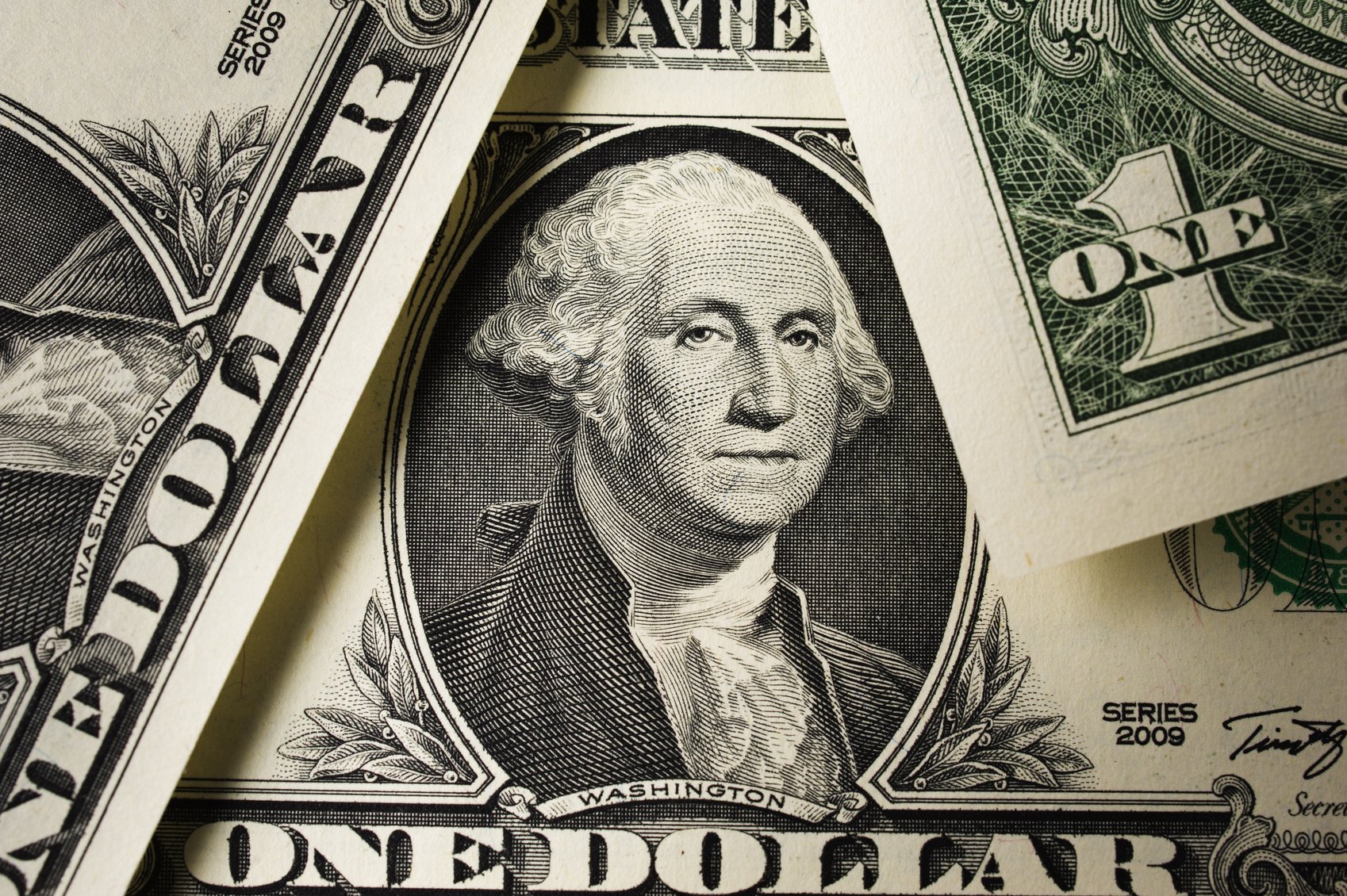
© Lantern Club, Roselands

